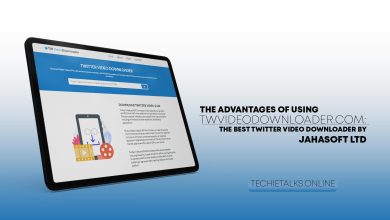
Dropbox & Drew Houston Case Study (STARTUP)
Drew Houston is the CEO of Dropbox, a Silicon Valley company that makes an extremely easy-to-use file-sharing tool. Install its application, and a Dropbox folder appears on your computer desktop. Anything you drag into that folder is uploaded automatically to the Dropbox service and then instantly replicated across all your computers and devices.
The founding team was made of engineers, as the product demanded significant technical expertise to build. It required, for example, integration with a variety of computer platforms and operating systems: Windows, Macintosh, iPhone, Android, and so on.
Each of these implementations happens at a deep level of the system and requires specialized know-how to make the user experience exceptional.
In fact, one of the Dropbox’s biggest competitive advantages is that the product works in such a seamless way that the competition struggles to emulate it. These are not the kind of people one would think of as marketing geniuses.
In fact, none of them has ever worked in a marketing job. They had prominent venture capital backers and could have been expected to apply the standard engineering thinking to building the business: build it and they will come. But Dropbox did something different.
In a parallel with their product development efforts, the founders wanted feedback from customers about what really mattered to them.
In particular, Dropbox needed to test its leap-of-faith question: if we can provide a superior customer experience, will people give our product a try? The believed—rightly, as it turned out—that file synchronization was a problem that most people didn’t know they had. Once you experience the solution, you can’t imagine how you ever lived without it.
This is not the kind of entrepreneurial question you can ask or expect an answer to in a focus group. Customers often don’t know what they want, and they often had a hard time understanding Dropbox when the concept was explained.
Houston learned this the hard way when he tried to raise venture capital. In meeting after meeting, investors would explain that this “market space” was crowded with existing products, none of them ahd made very much money, and the problem wasn’t a very important one. Drew would ask: “have you personally tried those other products?” When they would say yes, he’d ask: Did they work seamlessly for you?” The answer was almost always no. Yet in meeting after meeting, the venture capitalists could not imagine a world in line with Drew’s vision. Drew, in contrast, believed that if the software “just worked like magic,” customers would flock to it.
The challenge was that it was impossible to demonstrate the working software in a prototype form. The product required that they overcome significant technical hurdles; it also had an online service component that required high reliability and availability. To avoid the risk of waking up after years of development with a product nobody wanted, Drew did something unexpectedly easy: he made a video.
The video is banal, a simple three-minute demonstration of the technology as it is meant to work, but it was targeted at a community of technology early adopters. Drew narrates the video personally, and as he’s narrating, the viewers are watching his screen. As he describes the kinds of files he’d like to synchronize, the viewer can watch his mouse manipulate his computer.
Of course, if you’re paying attention, you start to notice that the files he’s moving around are full of in-jokes and humorous references that were appreciated by this community of early adopters.
Drew recounted, “It drove hundreds of thousands of people to the website. Our beta waiting list went from 5,000 people to 75,000 people literally overnight. It totally blew us away.”
Today, Dropbox is one of Silicon Valley’s hottest companies, rumored to be worth more than $1 billion.
In this case, the video was the minimum viable product. The MVP validated Drew’s leap-of-faith assumption that customers wanted the product he was developing not because they said so in a focus group or because of hopeful analogy to another business, but because they actually signed up.
Credit: Eric Ries



